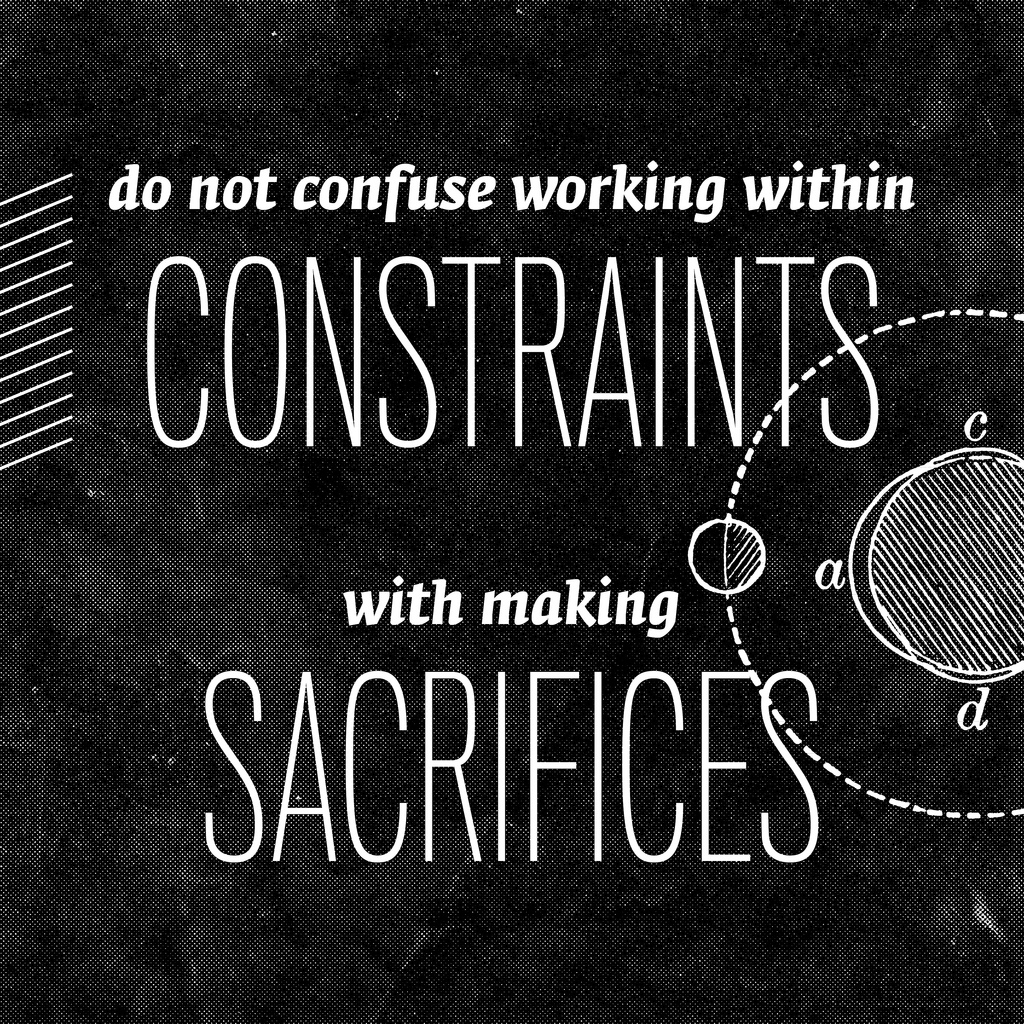
Constraints, constraints, constraints. The magical word of the semester.
What we discussed this week was about how formal constraints actually allow creativity. In fact, creativity can’t happen without constraints. For example, in music, there are only certain notes that you can use. And if you decide to write a pop song, there’s a structure you follow.
As young media professionals, we need to stop waiting for inspiration, or the lightbulb moment, and just make. We need to realise that we do have things to say and things to make if we can learn to stop, look, listen and notice the world around us. We must release ourselves from thinking we can only do this if we impose our will upon the world. We are so caught up in epistophelia – the obsession with explaining – that we take away all of the magic, poetry, mystery and responsibility as a maker. There’s nothing left. Our work will be didactic and dull if we think each clip has to explain itself. The clips don’t actually matter in themselves, but they matter by virtue of the relations which are formed. This is where meaning happens. Then, we are composing something.
We then spoke about the ‘essay film’, and how these too can be documentaries. Essays are filtered through the thoughts and subjectivity of the person making it – they are not trying to look at the world objectively (or if they are, they’re already failing). Essay films, therefore, invite conversation and dialogue. They invite the viewer to join the filmmaker as they think through and explore something.
Once again, it was drilled into us that our interpretation of a text has no relationship to what the author intended. Context can never be preserved – we read films/television/paintings/books differently over the years as our own experience and worldview changes with our environments. Intent does not survive anything – it’s the easiest thing to break. That’s why we have satire and parody.
We finished by discussing the fact that expression and exploration are tangental and multi-linear in nature. We think that linearity comes first and that multi-linearity is a new thing. It’s actually the other way round: ideas aggregate around each other and always have. This is the way we experience the world, through webs of association. Whereas linearity imposes order, hierarchy, priority. This helped me to clear up a few things which I was wondering about last week.
